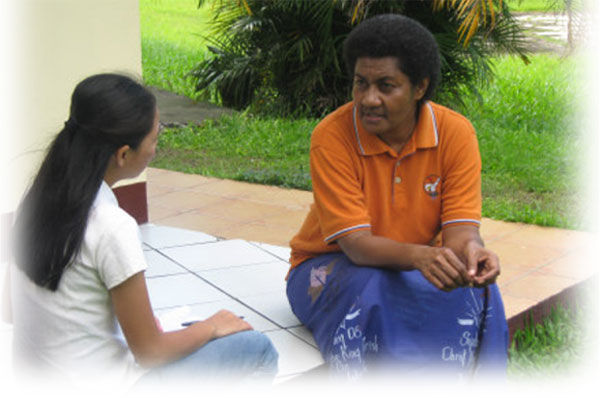
Serafina Vuda, a member of the leadership team of the Columban Lay Missionaries (CLM), died on Saturday evening, 31 May 2014, in Los Angeles, USA, where she had been based as a member of the current leadership team of the Columban Lay Missionaries. Her two companions, Beth Sabado from the Philippines, the Coordinator, who had previously worked in Taiwan, and Columba Chang Eun-yeal, a Korean who had worked for many years in the Philippines before going to Myanmar, are based in Hong Kong.
Serafina, from Fiji, spent her early years as a Columban Lay Missionary in Peru. She was the previous Coordinator of CLM and was based in Dublin, Ireland, then.
Below is an article based on an interview with Serafina when she visited Bacolod City in 2009. It was published in the July-August issue of Misyon that year.
May Serafina, a gracious lady born into a people noted for their choral singing, be a great addition to the heavenly choir of the Seraphim in which she was ‘enrolled’ at her baptism.
What Maker Her Life Worthwhile
By Joy Rile
The author was editorial assistant of Misyon at the time and interviewed Serafina when she visited us in Bacolod in 2009..
 Serafina Vuda is a 46-year-old Columban Lay Missionary from Fiji. She was on mission in Chile from 1997 to 2000 and in Peru from 2001 to 2007. She came to the Philippines last May to take a course in Family Ministry at Ateneo de Manila University but had to stop after one semester due to her being elected Coordinator of the Lay Missionary Central Leadership Team (LMCLT), taking office in January, 2009.
Serafina Vuda is a 46-year-old Columban Lay Missionary from Fiji. She was on mission in Chile from 1997 to 2000 and in Peru from 2001 to 2007. She came to the Philippines last May to take a course in Family Ministry at Ateneo de Manila University but had to stop after one semester due to her being elected Coordinator of the Lay Missionary Central Leadership Team (LMCLT), taking office in January, 2009.
Way back then, brought up in a traditional Catholic family , she became a teacher in a two Columban parochial primary schools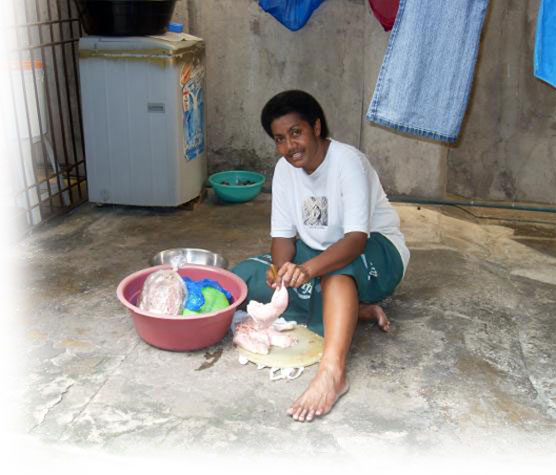 for seven years, and taught at a school run by Missionary Sisters of the Society of Mary (SMSM) for four years. She was a sportswoman and once represented her country in an international netball competition. Her life then was divided between sports and teaching.
for seven years, and taught at a school run by Missionary Sisters of the Society of Mary (SMSM) for four years. She was a sportswoman and once represented her country in an international netball competition. Her life then was divided between sports and teaching.
Serafina liked sports, going out with friends, had a boyfriend, but found something more meaningful in lay mission.
She describes the Church in Fiji as ‘conservative, solemn, orderly, well respected and more religious orientated’. Since the arrival of the first Marist Missionaries from France in 1884, all activities were under the care of the religious. Although there are active parishioners, the laity still rely very much on the priests and religious as resource people to help them in their faith life. ‘Serafina is grateful to the Columban Fathers for promoting the missionary dimension of the Fijian Church by sending lay people to cross boundaries of cultures, countries, language and religion in order to bring the Good News to others.’
 Serafina was really attracted to the life and work by the Columban Fathers in Fiji: their simplicity and their closeness to people, as they always had time to talk to them. They were human and liberal. The needs of the people were very important to them. Their commitment, love and dedication to mission really drew her to missionary life. “The Columban charism is indeed contagious.” Working closely with the Columban missionaries deepened my self-awareness, faith, and sense of commitment to mission. Those Columban missionaries all shared in the people’s lives, joys and sorrows.’
Serafina was really attracted to the life and work by the Columban Fathers in Fiji: their simplicity and their closeness to people, as they always had time to talk to them. They were human and liberal. The needs of the people were very important to them. Their commitment, love and dedication to mission really drew her to missionary life. “The Columban charism is indeed contagious.” Working closely with the Columban missionaries deepened my self-awareness, faith, and sense of commitment to mission. Those Columban missionaries all shared in the people’s lives, joys and sorrows.’
One day while Serafina was still teaching in Stella Maris School, she met Sister Stella SMSM, then suffering from leukemia, who was out strolling with her dog. Sister asked her, ‘What do you plan to do with your life?’ Serafina answered, “I think the children in the mountain village schools need me more that these city kids as these are more advanced. But the next question really struck her, ‘Even those children in the mountains in Fiji have heard about Jesus Christ. Have you ever thought about children in other parts of the world who may not know Jesus yet?’ Serafina had no response to this question. After two weeks, just before Sister Stella died, Serafina told her, ‘Thank you and pray for us when you are with Jesus.” Sister uttered ‘I will.’ As she jokingly says, Sister Stella is to be ‘blamed’ for her becoming a lay missionary.
Basically, she realized that we don’t have to be a religious to commit our lives in the service of the Church. As lay persons, we can also serve the church actively. ‘I simply would want to be identified with the people, to be one of them while at the same time commit my life to being a missionary.’
There are three things that summarize her way of serving as a lay missionary:
- active presence by listening and responding to the needs of the people;
- witnessing to the Gospel by taking on Jesus’ attitudes of love, compassion and forgiveness;
- service to the local church by promoting the participation of lay people there and also overseas as Columban lay missionaries.
Of all her missionary experiences, the one that truly marked her heart was when she was still starting her mission in Peru. In the parish she was assigned to she was to choose one among the twelve chapels to work in. She finally chose the one made of thatched bamboo. It was seated on bare dry ground with no trace of green. It seemed to be falling apart but peeping through the cracked door, the picture of the Sacred Heart of Jesus caught her attention.This captured her heart. She started visiting the people there and accompanied that Christian community for the six years she was in Peru.
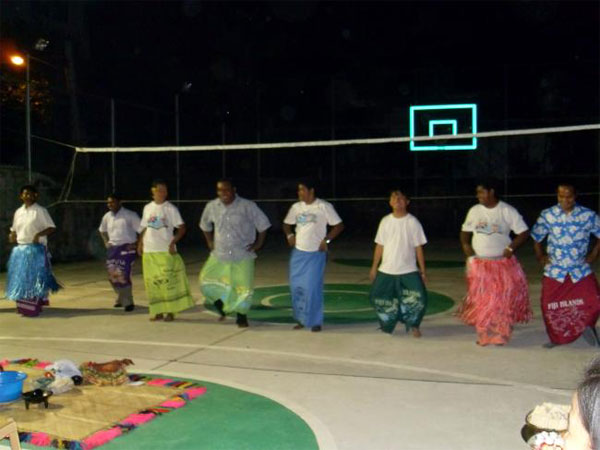 She learned of a family of six whose single mom left to look for work then came home drunk and beat the children. One daughter ran away from home. Christian, an 11-year-old son, living in the same congested and unhygienic shelter, studied in the afternoons but after some time gave it up since he had to take care of his three younger siblings while his mother was away. Serafina asked him one day what he would like to be. Christian answered that he wanted to be a lawyer because he wanted to fight for people’s rights, persons like his mother. Serafina often saw him washing, cooking and caring for his siblings until late at night.
She learned of a family of six whose single mom left to look for work then came home drunk and beat the children. One daughter ran away from home. Christian, an 11-year-old son, living in the same congested and unhygienic shelter, studied in the afternoons but after some time gave it up since he had to take care of his three younger siblings while his mother was away. Serafina asked him one day what he would like to be. Christian answered that he wanted to be a lawyer because he wanted to fight for people’s rights, persons like his mother. Serafina often saw him washing, cooking and caring for his siblings until late at night.
Days after his First Holy Communion, he disappeared from home. He was found by the police wandering. When asked about his background, he simply answered that he knew nothing. So he was brought to an orphanage. When Serafina visited him one day, he told her that nobody knew what he had been going through while left to take care of his siblings and being beaten up by his mom when she arrived.
This was one of the stories that really pierced her heart. Back in Fiji, she thought, an 11-year-old is still very much dependent on his parents for food, shelter and education, but here was a boy playing the role of a father at that young age. As she reflected, Christian was just one of many kids who are victims of poverty and of broken homes. If we live to enjoy life, they live just to survive.
Such experiences brought her to appreciate and value life more profoundly. She became more conscious that there are people living in abundance, while many more are living in nothingness; that we are lucky for we have many things, if not everything.
In accompanying her Christian community in Peru, she underwent many struggles. Just when she formed a youth group as a response to the need for youth formation, gangsters from other barrios searched for their victims in the chapel where they gathered weekly. The inhabitants of the barrio blamed the presence of the chapel for causing chaos and danger in their place. A conflict arose between pastoral agents and the neighbors.
In her third year there Serafina woke up one day to see only the remnants of the chapel. What was left standing was just the huge statue of the Sacred Heart of Jesus. She shed tears with the people in what she termed ‘this most inhuman and shocking incident’. But the young Peruvian priest decided to continue with the Mass in front one of the homes, that evening despite what had happened. It was such a solemn and silent night. Everybody was so emotional; tears flowed during the readings and hymns. But what really touched her was when the man beside her said, pointing upwards, ‘Although we don’t have a roof, we still have Him.’An article written by Serafina with this title in The Far East magazine (Australia/New Zealnd) touched the generous hearts of readers and their donations enabled the community to buy a piece of land for the future chapel two years later.
In the meantime they moved to another corner of the barrio, bought and put up a prefabricated chapel. After two years it was burnt down. That place witnessed many tears shed in frustration, pain and anger. But Peruvians don’t give up that easily.
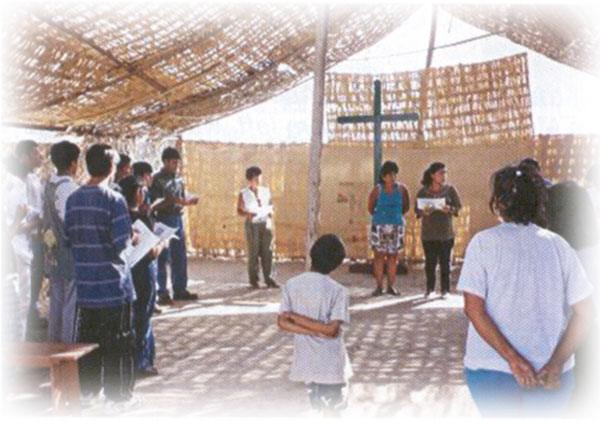 Great as this was, it didn’t end their struggles. But they kept going and now have a sturdier, cemented church on the newly bought land.This is the present location of the ´pilgrim church`of Sagrado Corazon (Sacred Heart) in the midst of the neighbours who had initially rejected and removed it.
Great as this was, it didn’t end their struggles. But they kept going and now have a sturdier, cemented church on the newly bought land.This is the present location of the ´pilgrim church`of Sagrado Corazon (Sacred Heart) in the midst of the neighbours who had initially rejected and removed it.
Being a missionary, Serafina recalled, has been life transforming for her, where she sees God moving in all of her experiences. There was a season of pain that led to the season of gain; moments of death but most of all moments of Resurrection.This continue to be part of the life of any Christian.
The big change that has happened to her as a Columban lay missionary is personal growth. She has developed a deeper self-awareness, an appreciation of people from other cultures, and a deeper relationship with the Mysterious God.
Her faith continues to grow. But the faith she describes is never full and never complete. There will always be room for growth, the more she thirsts and hungers for the sacred presence.
Committing herself as a Columban missionary gives Serafina a meaningful and fulfilling life; her service is to be life-giving to others, and this makes her life joyful in spite of the many challenges. It is the joy of sharing life and bringing God’s love to other people that makes the missionary experience worthwhile and fulfilling.
Living on mission in a country with people of different cultures is very challenging. ‘The most powerful way of attracting people to the missionary life is to live by example, to be coherent in what I say and what I do. One cannot give what one doesn’t have. It’s in your own person; it’s the image that you portray. It’s how you are as a person and how you relate to others that touches and changes people’s lives.’



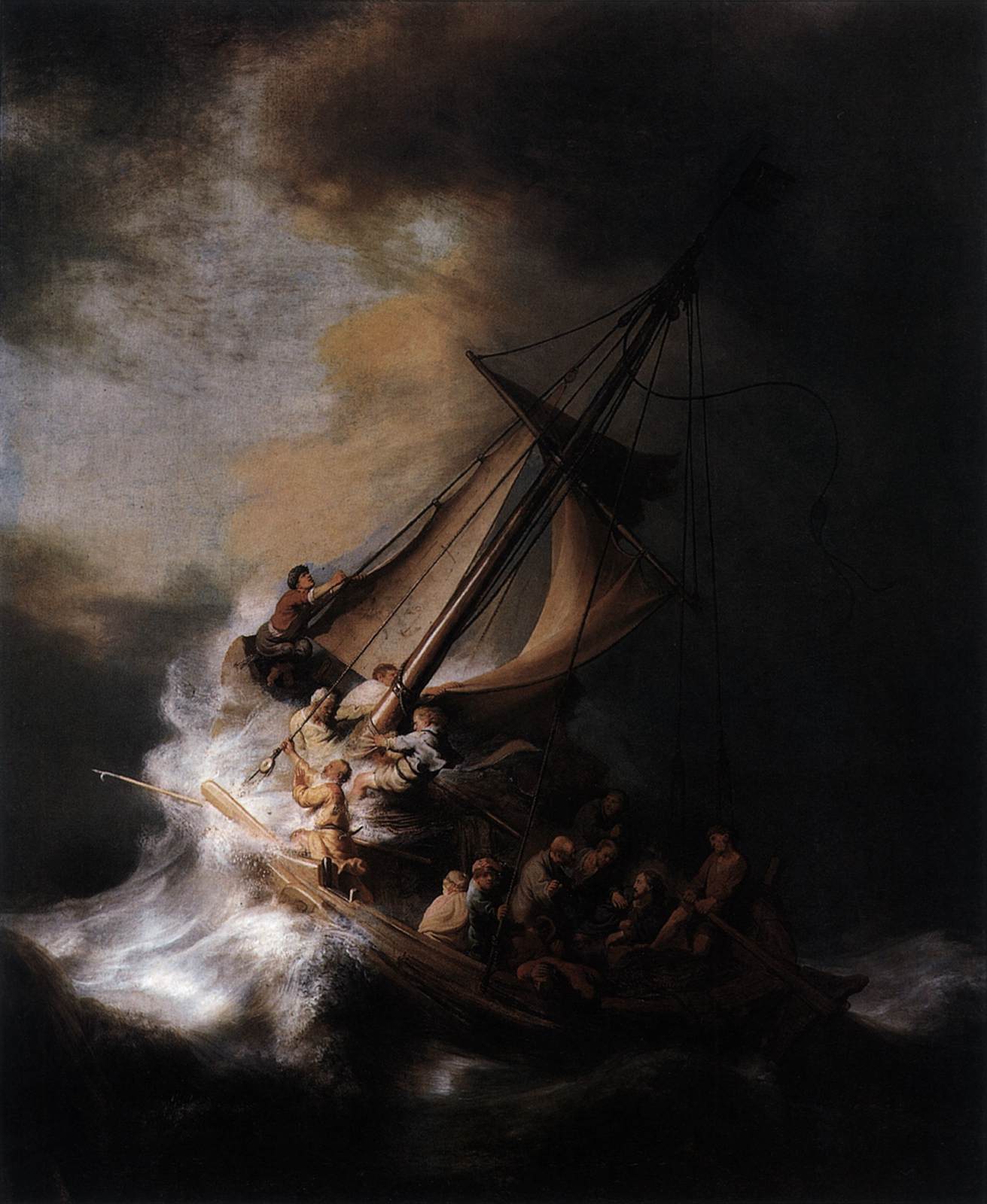


.jpg/640px-Cedars02(js).jpg)






